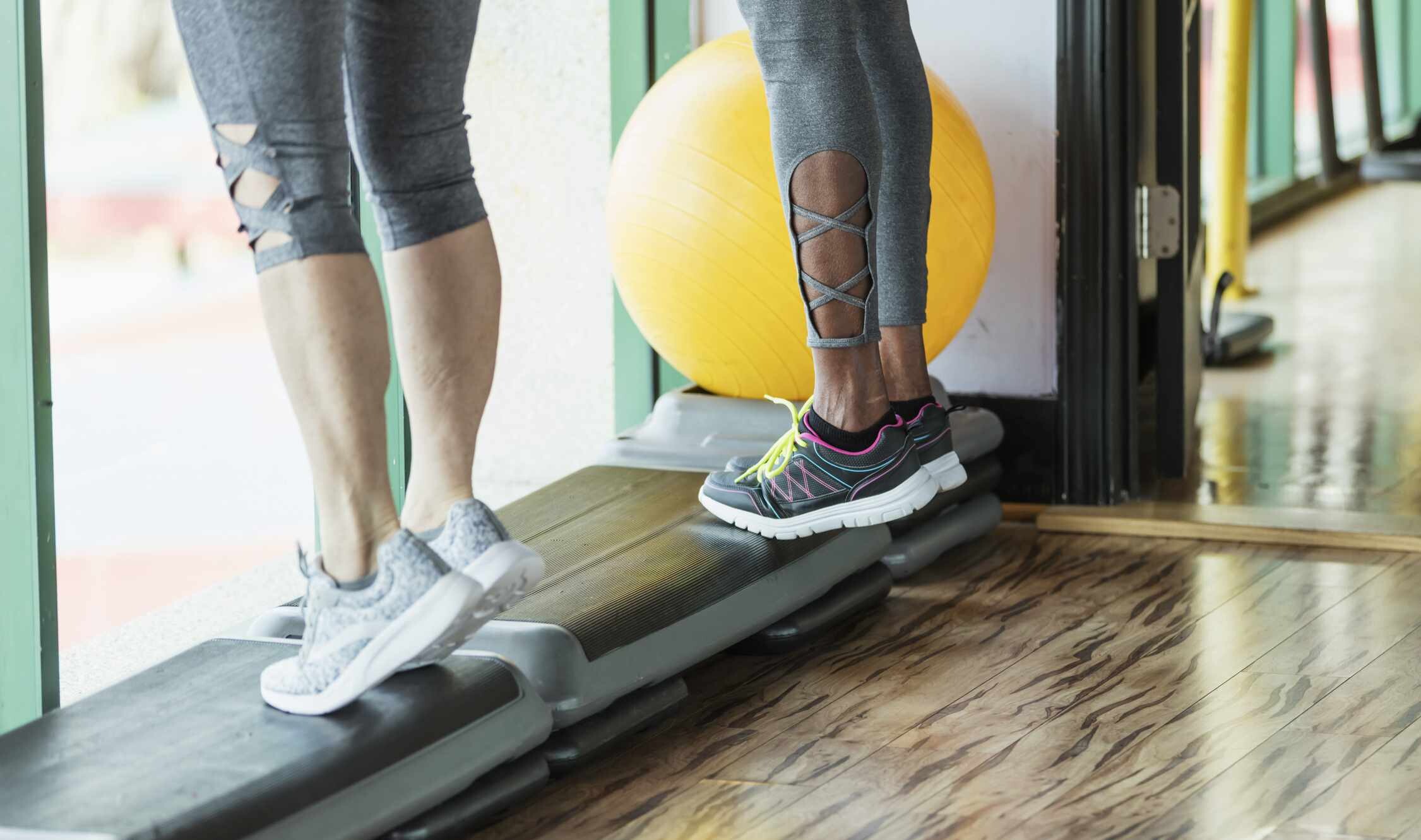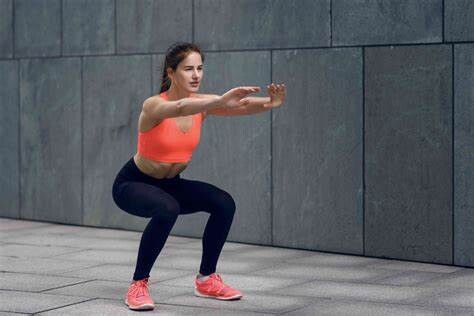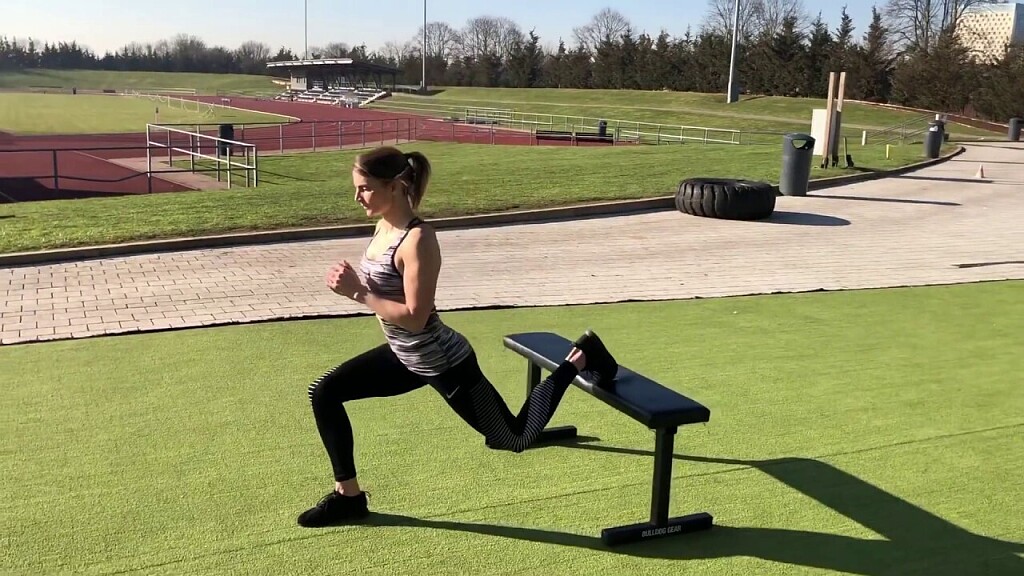Running News Daily
Running News Daily is edited by Bob Anderson. Send your news items to bob@mybestruns.com Advertising opportunities available. Train the Kenyan Way at KATA Kenya and Portugal owned and operated by Bob Anderson. Be sure to catch our movie A Long Run the movie KATA Running Camps and KATA Potato Farms - 31 now open in Kenya! https://kata.ke/
Index to Daily Posts · Sign Up For Updates · Run The World Feed
Six of the Best Leg Exercises for Runners
Far too many people think runners don’t need to train legs, but doing so can help prevent injury, as well as build up your muscles for longer and faster runs. Lower body exercises do not have to focus on getting the biggest gains, but adding lower body training to your routine can help you find more success in your runs.
Leg exercises can include anything from your glutes down to your feet. If strengthening these muscles and supercharging your runs is part of your long-term running goals, consider adding these six leg exercises to your training routine.
1. Squats

Squats are a wonderful way to target different muscles of your body, all of which aid in running. They are incredibly versatile, considering small movements like pointing your toes in a different direction can help you hit muscles you would not otherwise.
A wide-leg squat, toes pointing out, can help target the glutes, strengthen the hip muscles and provide a slight stretch to the inner thigh muscles. Whereas, a narrow leg squat really targets the quads and the lower back. Depending on your running goals, you can implement both stances, with or without weight, into your program to help build up the muscles that keep you strong and steady in your runs.

How to Perform:
Stand with your feet shoulder-width apart, hands clasped in front of you.
Lower your body down, sending your hips back as if you were sitting down into a chair until your knees are at a ninety-degree angle.
Keep your back in a neutral position and push back up into a standing position.
Works: quads, glutes, hamstrings, calves
2. Calf Raises
Calf raises are super simple, but they work as one of the muscle groups that are absolutely essential to successful runs. Your calf muscles are what push you forward and provide power in your stride.
To make them harder, do single-leg calf raises. This isolation will help you gain both stability and strength in your leg muscles. Alternatively, you can add some weight in the form of dumbbells or a barbell to make the exercise a little more challenging.
How to Perform:
Standing with both feet flat on the ground and about hip-width apart.
Raise yourself slowly up onto your toes and back down again.
Works: calves, feet, achilles, improve lower leg stability
3. Bulgarian Split Squats
Standing about three feet in front of a chair or something similar in height, lift one leg up behind you, resting the top of your foot on the raised platform. Lower down until your front knee is roughly ninety degrees, or until the stretch gets uncomfortable.
Bulgarians squats do two really great things for runners: they build up the stability muscles around the knee and hips, while simultaneously providing a stretch for the opposite leg. It is no secret that many of us forget or neglect our stretches, but this exercise provides the double whammy we are all looking for; strength training and stretching all in one.
How to Perform:
Standing about 2-3 feet in front of a chair or something similar in height.
Place your feet about hip-width apart.
Lift one leg up behind you and rest the top of your foot on the raised platform.
Lower down until your front knee is roughly ninety degrees, or until the stretch gets uncomfortable. Keep your chest high and head up throughout the movement.
Push back to standing.
Works: quads, glutes, hamstrings, calves. Improve balance and coordination
4. Jump Squats
Jump squats are a great addition to any runner’s routine because they, like Bulgarian squats, provide two different ways to build up those running muscles. Jump squats recruit your stabilizing muscles when you touch back down, while also requiring a little extra power to take off.
Bodyweight training that requires fast movements forces your body to work in a slightly different way and mimics the way your stabilizing muscles react during a run. These types of exercises result in not only increasing the speed and length of your run but agility in other areas of your life as well.
How to Perform:
Stand with your feet shoulder-width apart, hands clasped in front of you.
Lower your body down, sending your hips back as if you were sitting down into a chair until your knees are at a ninety-degree angle.
Keep your back in a neutral position.
Propel yourself from the ground, jumping as high as you can, and landing back in your starting position.
Works: Build explosive power in glutes, raise heart rate, and strengthen quads.
5. Reverse Lunges
Reverse lunges put less stress on your joints and give you a bit more stability in your front leg as you perform the exercise. This is the perfect alternative to forward lunges for runners who have knee concerns, difficulty balancing, or less hip mobility.
How to Perform:
Stand tall with feet shoulder-width apart and hands at your hips or overhead.
Take a large step back so your front knee is directly over your ankle.
Lower your hips to bring your front quad parallel to the floor.
Push forward with your back leg to return to the starting position.
Switch legs.
Works: glutes, hamstrings, and core with less stress on joints than a forward lunge.
6. Single Leg Deadlifts
Single-leg deadlifts will develop strength, balance, and posture. Once you get your balance down, you can perform this exercise with a lightweight kettlebell or dumbbell for some extra resistance. Like most single-leg activities, you’ll notice an increased activation of your glutes to help you to maintain your balance.
How to Perform:
Stand upright and hands down at your sides.
Lift one foot off the ground and keep the knee on your standing left slightly bent.
Begin leaning forward by hinging your whole body at the hip.
Lower your head and chest toward the floor as your foot comes up behind you.
Keeping your head, shoulder, hip, and ankle in a straight line.
Works: back, core, hamstrings.
Conclusion on the Best Leg Exercises for Runners
There is no reason to shy away from training legs when you are a runner. A regular lower body training program can add speed and endurance to your runs that you would not otherwise get. It protects against injury and ensures that you are continually hitting your running goals, whether you are hoping to run faster, longer, or safer.
by Sunrise Running Company
Login to leave a comment




